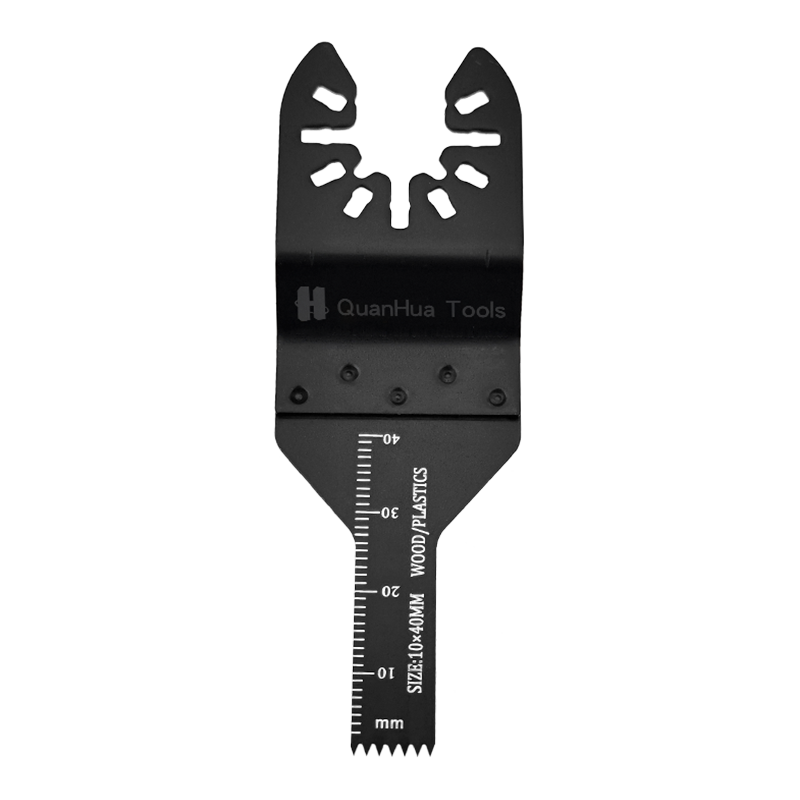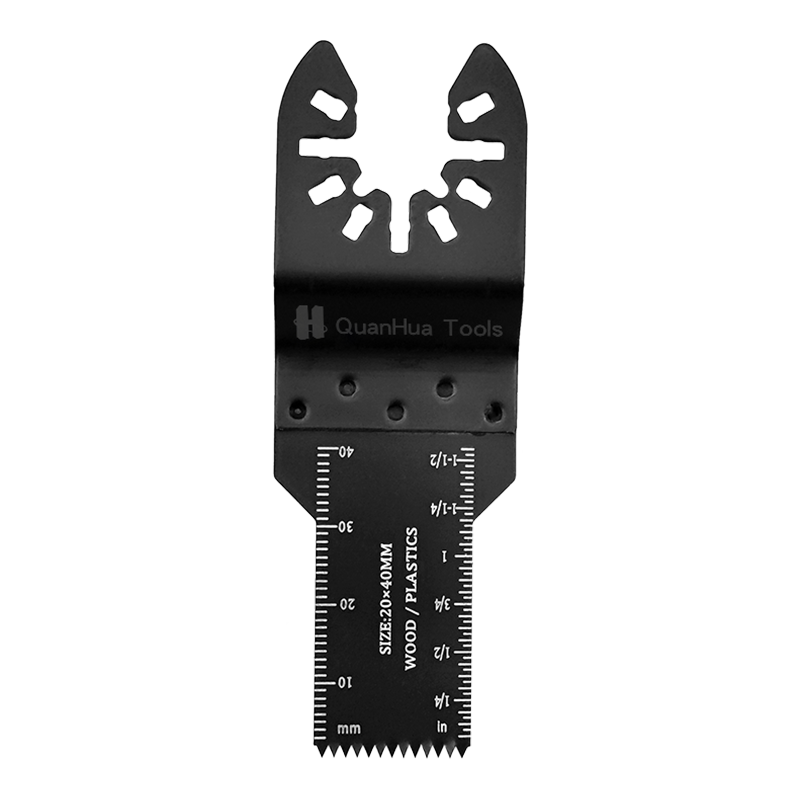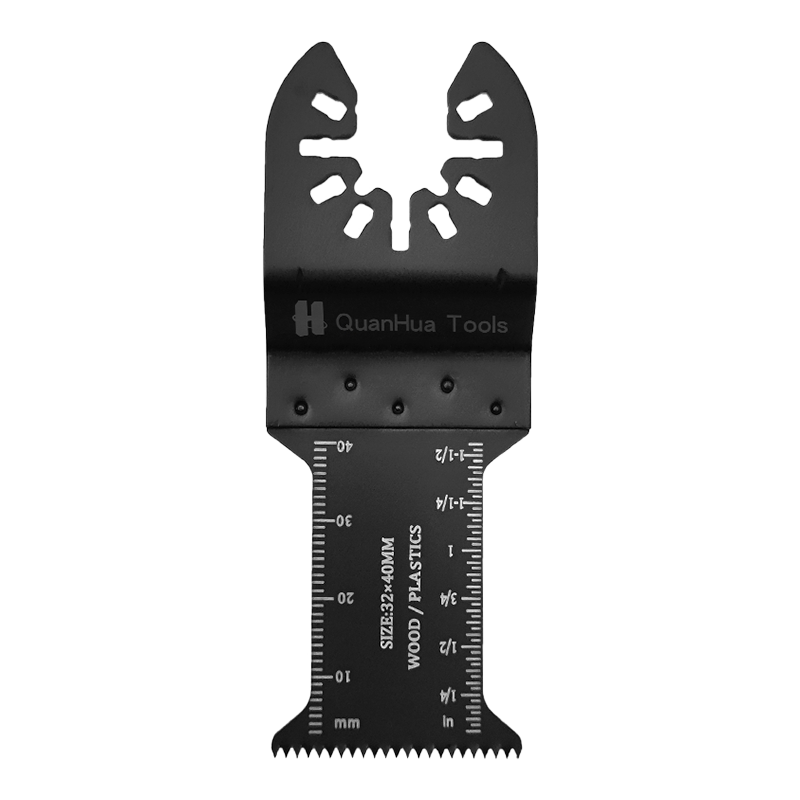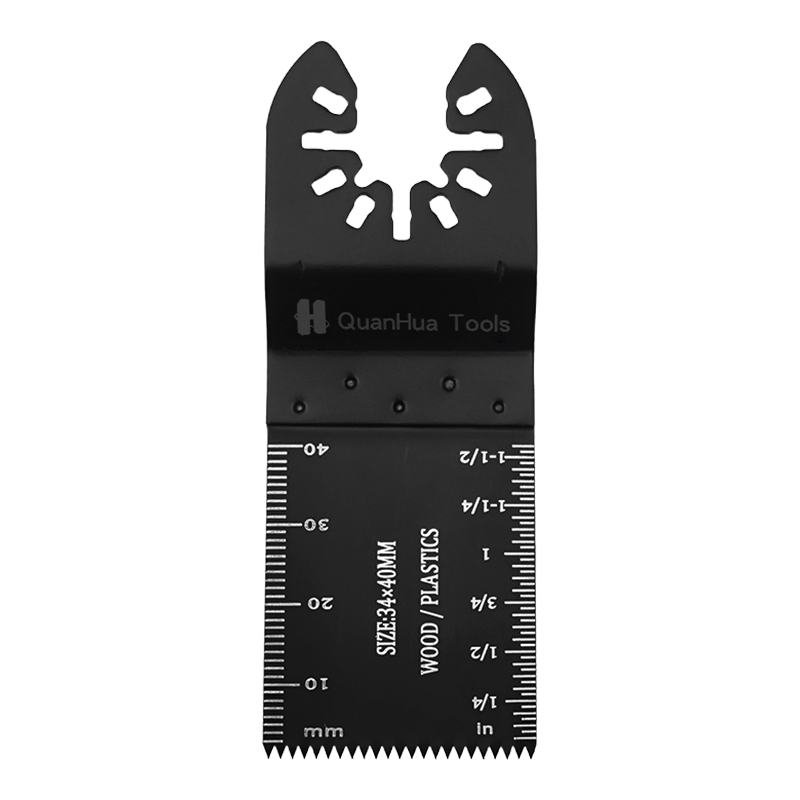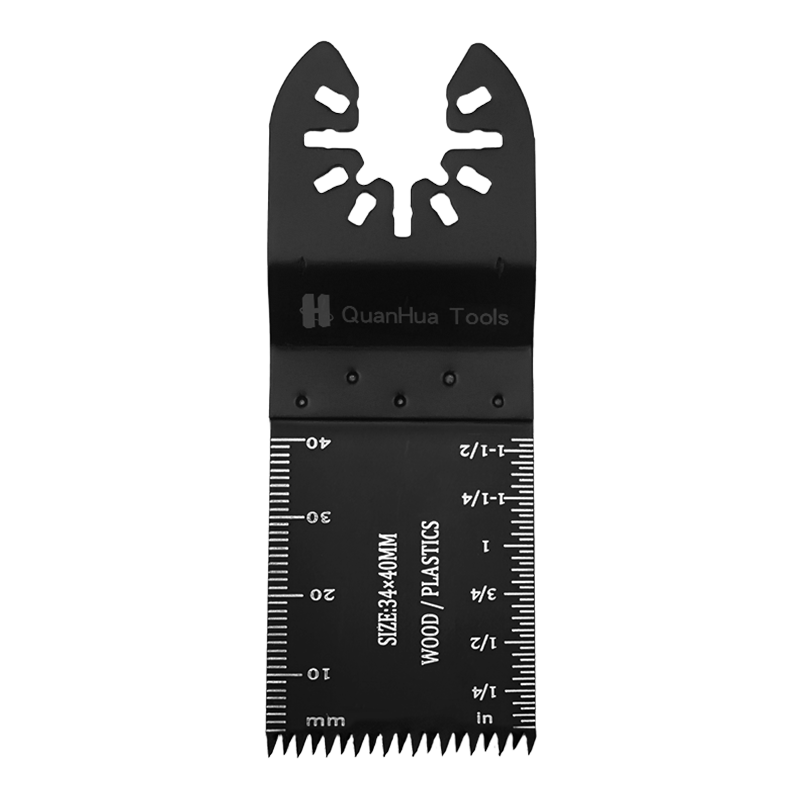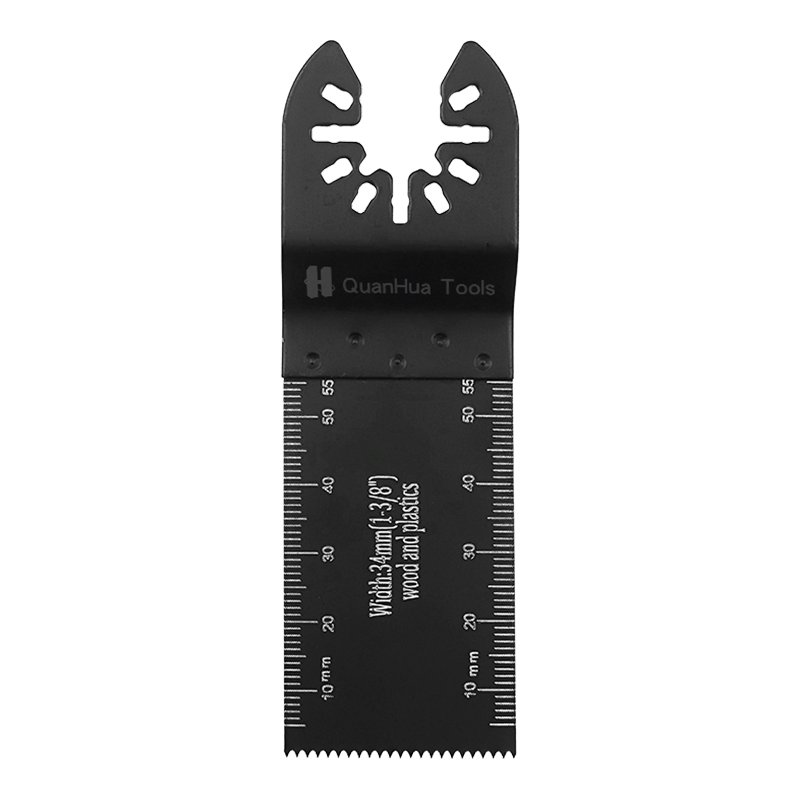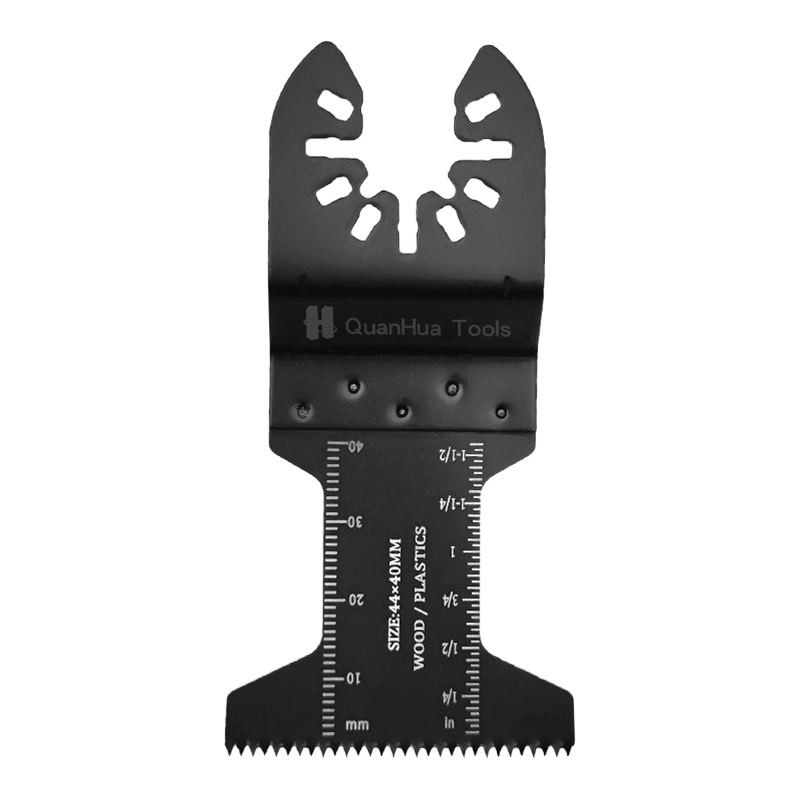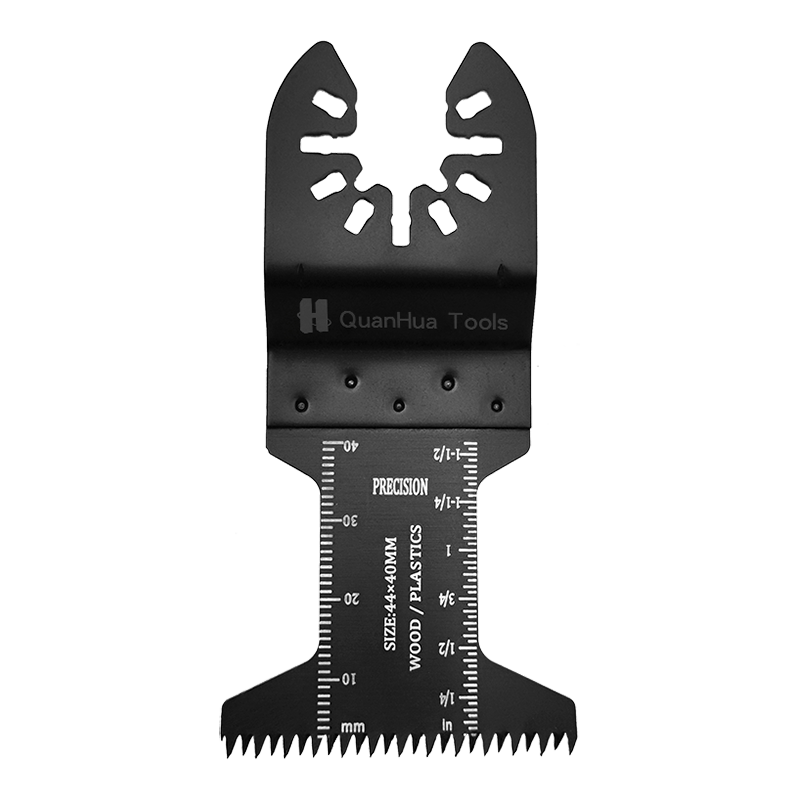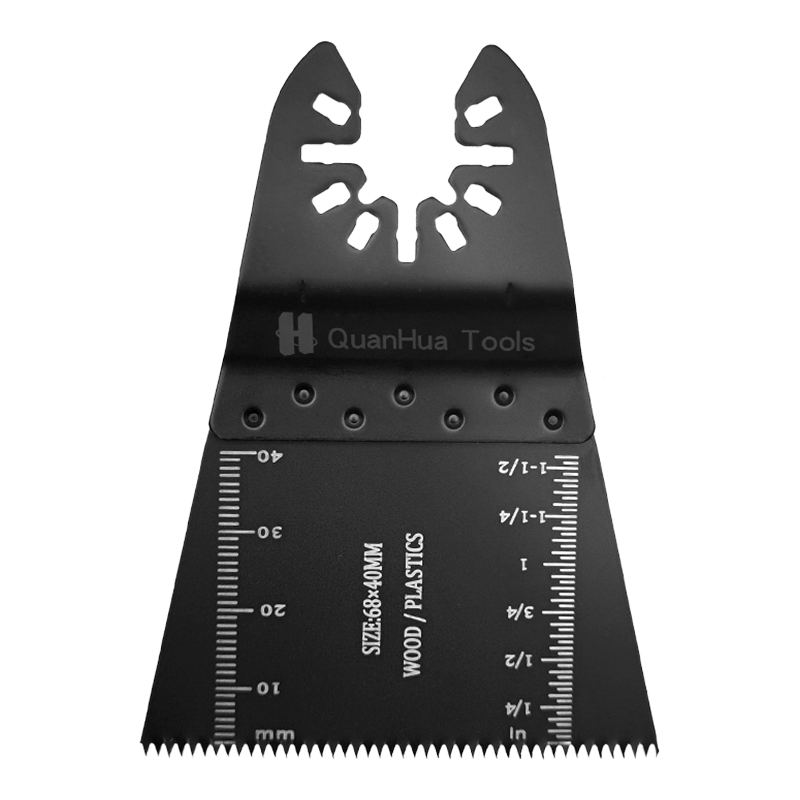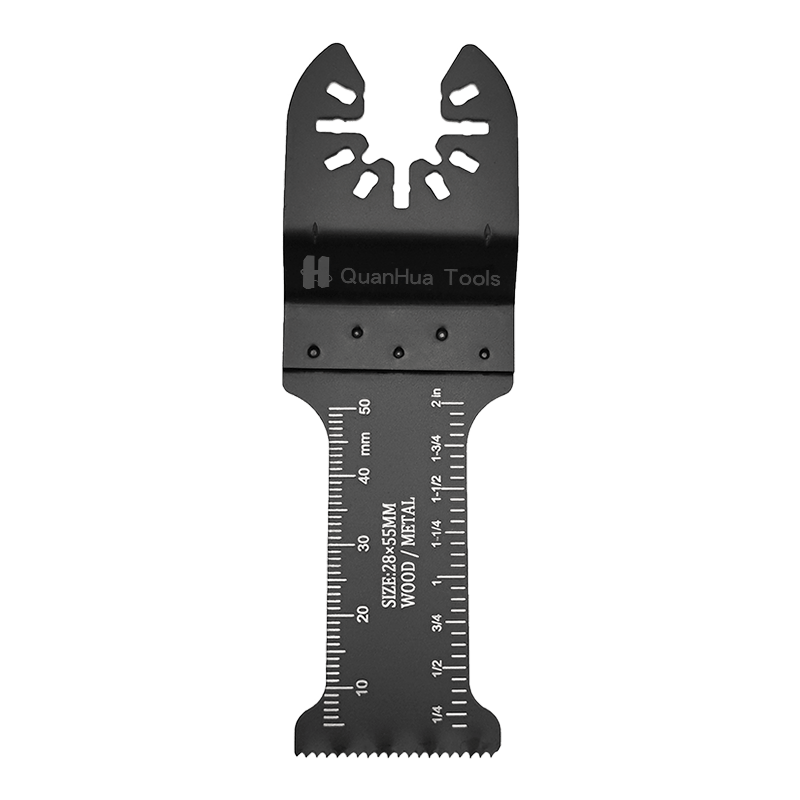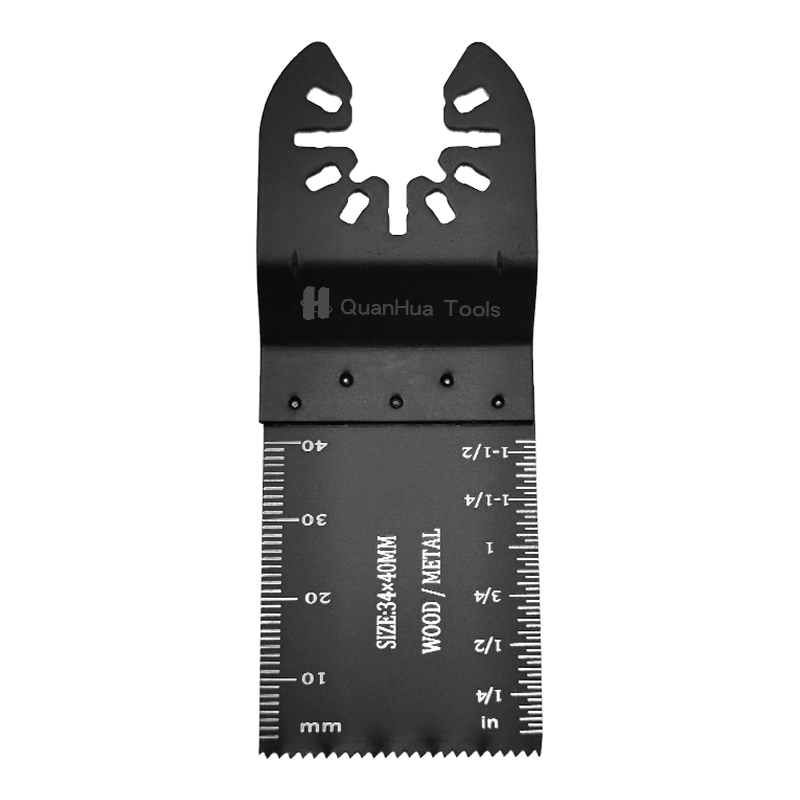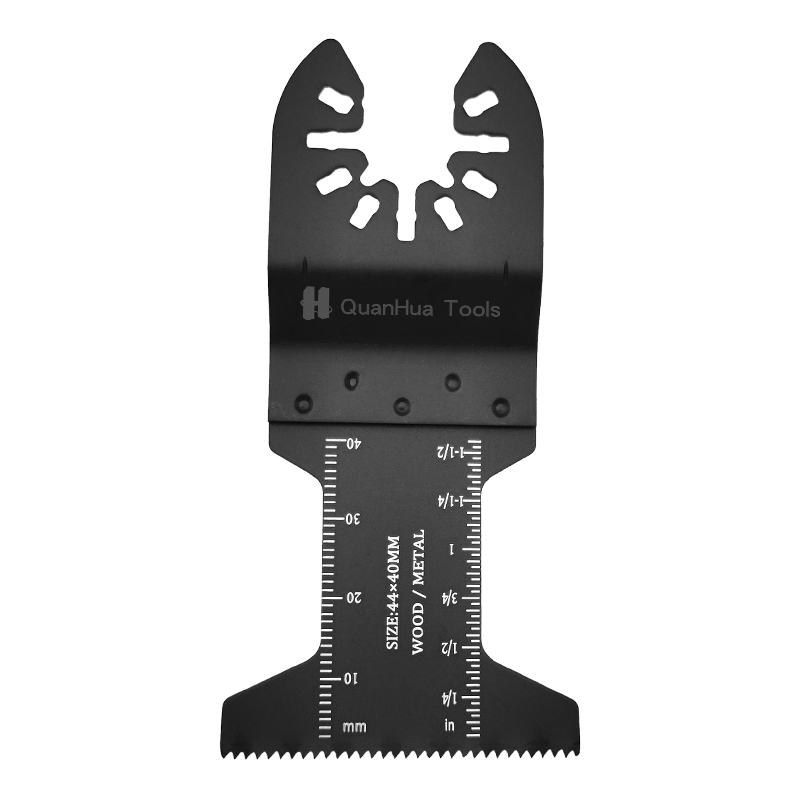1. Precision and Clean Cuts
Using a high-quality sabre saw blade is key to achieving precise and clean cuts during your renovation work. Low-quality blades tend to have irregular or dull teeth, which can cause the blade to tear or splinter the material rather than cutting smoothly. For example, when cutting wood, a cheap blade might leave rough edges and splinters that require additional sanding and finishing work. This not only wastes time but can also negatively affect the appearance of your project.
High-quality blades are manufactured with sharper, more uniform teeth designed to bite cleanly through the material. This precision helps maintain the integrity of your workpiece, whether you’re trimming a door frame or cutting drywall to size. In addition, a good blade reduces vibration and wandering, making it easier to control your cuts and maintain accuracy, which is especially important in detailed renovation tasks.
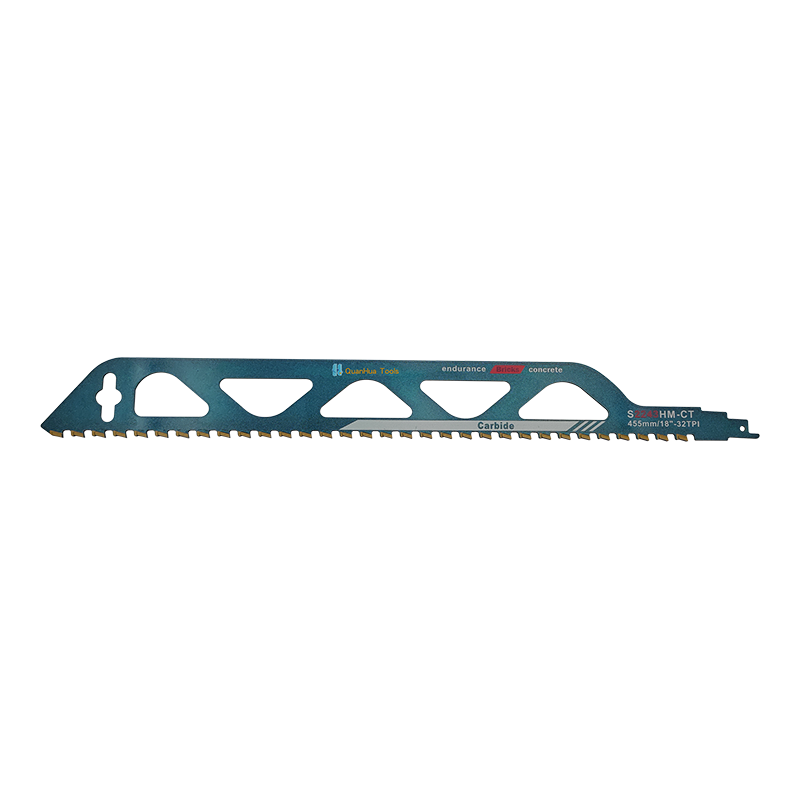
2. Increased Efficiency and Speed
Efficiency is critical when working on home renovations, and your choice of blade can have a huge impact on how fast and effectively you can complete your cuts. Worn-out or inferior blades require more force to cut and often get stuck or bind in the material, slowing you down significantly.
A high-quality sabre saw blade features optimized tooth geometry and high-grade materials that allow it to cut through materials like wood, metal, or plastic much more quickly and smoothly. This means you can accomplish more in less time, helping you stay on schedule with your renovation project. It also reduces fatigue since you’re not constantly pushing harder against resistance, which can be a big plus if you have a lot of cutting to do.
3. Longevity and Cost-Effectiveness
While it might be tempting to go for the cheapest blade option to save money upfront, this often ends up costing more in the long run. Low-quality blades dull faster, break more easily, and may need to be replaced multiple times during a single project.
Investing in quality blades means you get a longer-lasting tool that can withstand tougher materials and heavier use. These blades are often made with durable alloys like bi-metal or carbide-tipped teeth, which maintain their sharpness much longer. Although the initial price is higher, the reduced frequency of replacements and less downtime more than compensates for the cost. This makes quality blades a more economical and practical choice over time.
4. Versatility for Different Materials
Home renovation projects rarely involve just one type of material. You might find yourself cutting wood for framing, metal pipes for plumbing, or plastic panels for insulation. Using the correct blade designed for each specific material is essential for optimal results.
High-quality sabre saw blades come in various types tailored for different materials: coarse-toothed blades for fast cuts in wood, fine-toothed blades for smooth finishes or metal cutting, and bi-metal blades for versatility. Choosing the right blade not only ensures cleaner cuts but also protects your saw and the blade from unnecessary wear and damage. Using a blade designed for wood on metal, for example, will dull it quickly and could cause overheating or even blade failure.
5. Safety Considerations
Safety should always be a top priority in any DIY project. Using a poor-quality blade can increase the risk of accidents. Blades that are brittle or improperly manufactured may break under pressure, sending sharp fragments flying, which can cause injury.
High-quality sabre saw blades are built to withstand the stresses of cutting tough materials without breaking or bending. They also tend to run more smoothly, which reduces the chances of the saw jerking or kicking back unexpectedly. A sharp, well-maintained blade gives you better control over the tool, allowing you to make cleaner cuts with less effort and greater confidence. This contributes significantly to a safer working environment in your home renovation.

